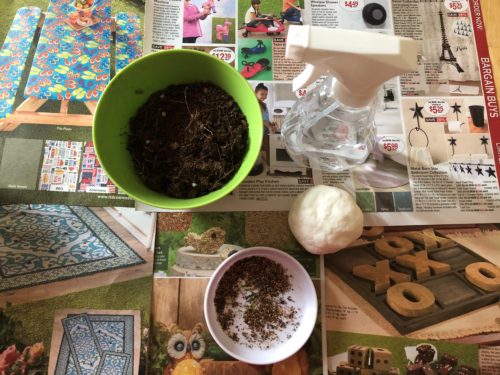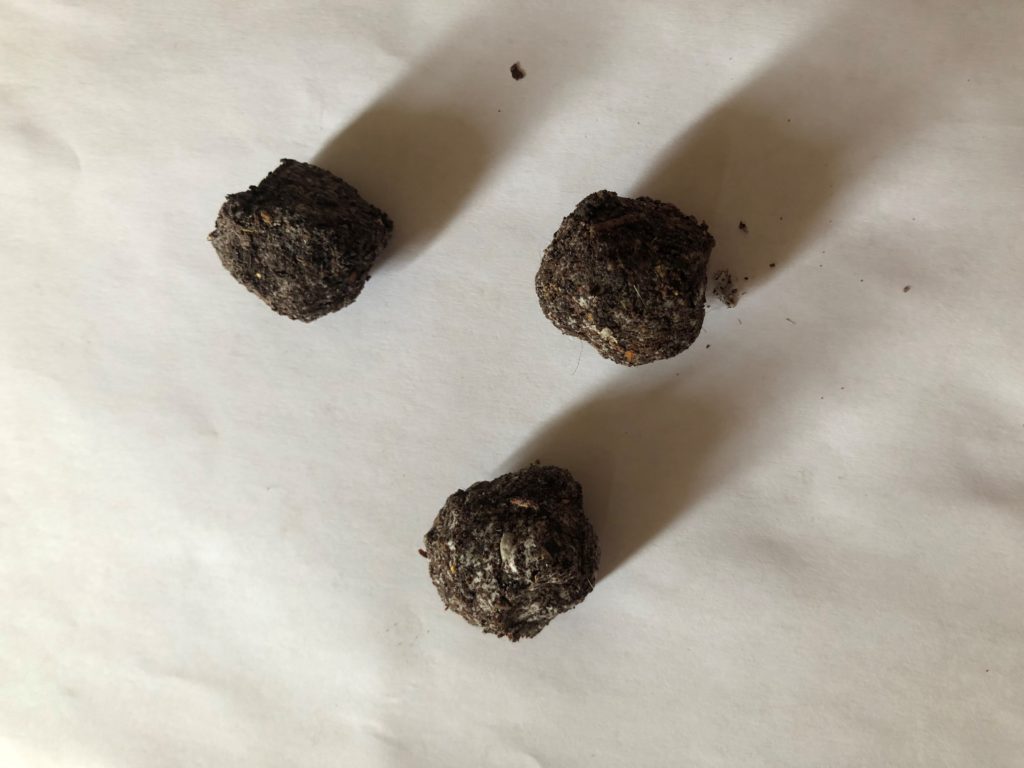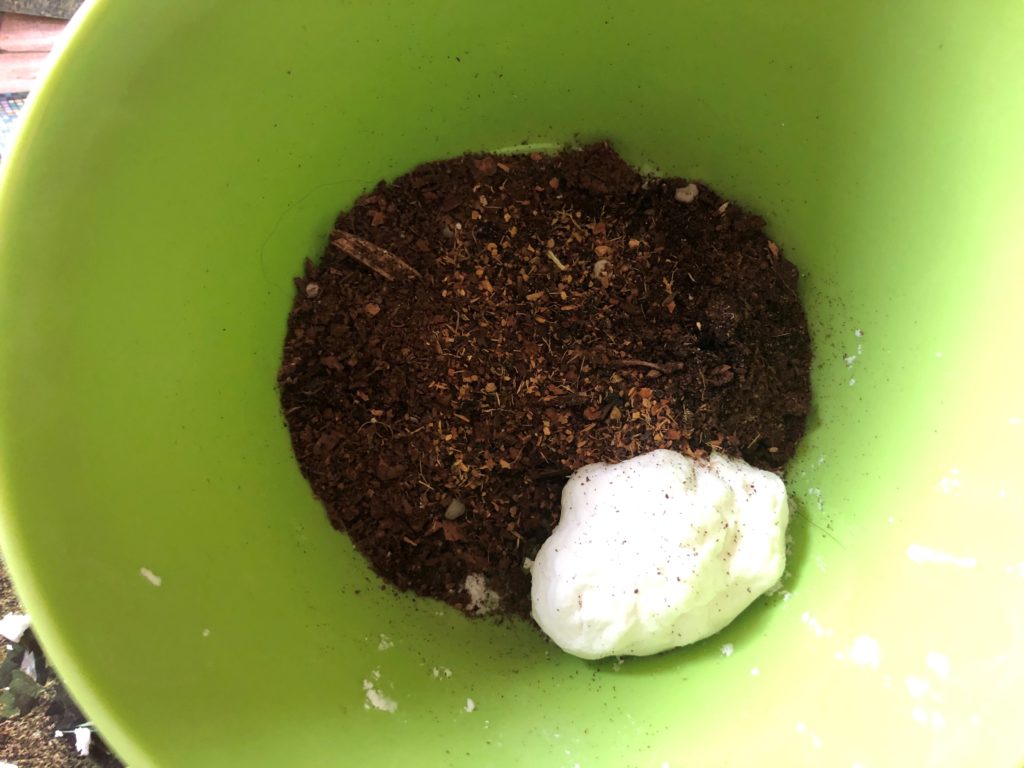sponsored by: m&t bank
Supplies ideas:
Compost/top soil
Seeds
Salt dough (Recipe)
Large bowl
Water
Newspaper

Length:
Seed bomb- 10 minutes
Academic Subjects:
Science
This lesson supports the following standards: K-LS1-1
Directions for Seed Bombs:
Today is Earth Day! Earth Day was first celebrated in 1970 with makes this Earth Day very special because it is our 50th Earth Day Anniversary! This annual holiday is celebrated around the world with over 190 countires and over 1 BILLION people participating in Earth Day activities every April 22nd. This is a day to focus on the environment and health of our planet. People participate in Earth Day by cleaning up garbage around their neighborhood, parks, shopping centers etc., planting trees, setting up recycling centers and so much more! This year we are celebrating Earth Day 2020 by doing a fun lesson about planting seeds!
1.) This project is perfect for the outdoors, but can be easily done inside. First measure out the materials. Depending on how many seed bombs you would like, you need 5 parts clay/salt dough, three parts soil, and one part seed. For one or two seed bombs you can eye about a big handful of clay, a handful of soil, and a pinch of different seeds.
2.) If you are working indoors, set up a table cloth like newspapers that you can get dirty. 3.) Place the mixture in a bowl. If the clay is tough you can add a little water to loosen it up. Then mix everything together.
4.) Roll small balls of clay, soil, and seeds in your hands. You can roll them about two by two inch balls.
5.) Let the seed bombs dry overnight on the newspaper. Read the instructions on your seeds to see when to plant them! When it’s planting season you just need to lightly bury them where ever you wish!
The life cycle of a plant is fascinating. At first a plant starts off as a small seed. Most seeds live underground. Seeds need oxygen, moisture, sunlight, and a comfortable temperature. After some time the seed begins to sprout, which means the seed grows roots. The roots will help the plant stand tall without being blown over. The seed will continue to sprout, and a seedling will slowly grow through the dirt and through the ground. Since the seedling is above ground now it has a better chance of gaining sunlight, which the plant will use as food. After some time the seedling will grow into a plant. Some of the smallest seeds become fruits, vegetables, and even giant trees! Did you know the tallest plant in the world is the Redwood trees that grow in California? They can grow up to 300 feet tall.
We hope you enjoy this Earth Day activity! Comment on our Facebook page with how you celebrated Earth Day 2020!
Vocabulary:
Germination– the phase when a seed begins to sprout! The seed will eventually sprout roots, a stem, and leaves.
Photosynthesis– the process of a plant turning sunlight into food.


